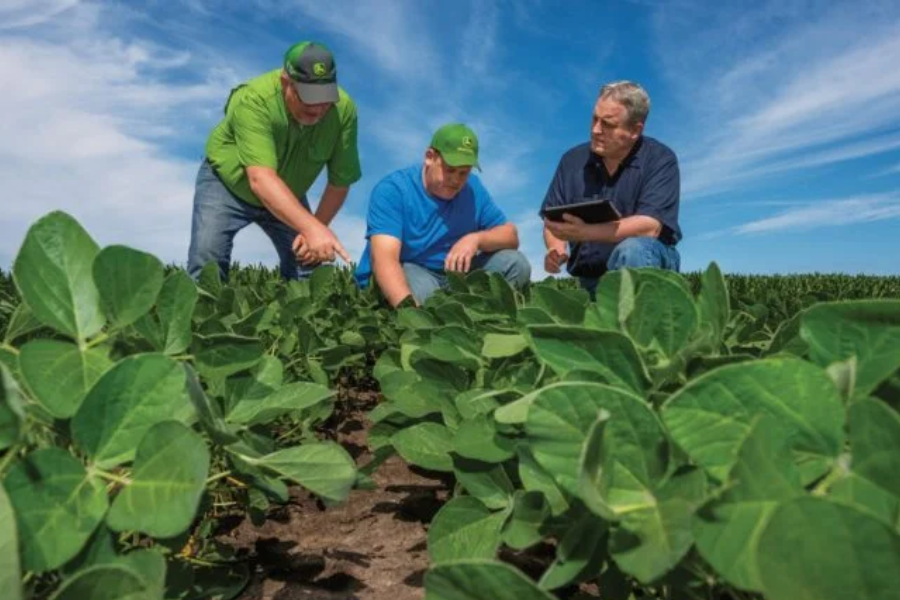The Fallias Field Report offers an in-depth examination of the Fallias region, highlighting its unique characteristics, challenges, and potential for future research. This comprehensive analysis aims to provide valuable insights into the area’s environmental, economic, and social landscapes.
Background Information
History of Fallias
Fallias is steeped in history, known for its ancient monuments and rich cultural heritage. While the origins of its name remain debated among historians, the region’s significance is universally acknowledged.
Geographical Location
Nestled within a diverse landscape, Fallias features a striking combination of rocky mountains, lush valleys, and flowing rivers. This geographical variety is crucial for the region’s biodiversity and agricultural prospects.
Purpose of the Field Report
Objectives of the Study
The primary goal of the Fallias Field Report is to document the current state of the region, focusing on environmental, economic, and social challenges. The report aims to provide a comprehensive analysis that can serve as a foundation for future research and policy initiatives.
Expected Outcomes
By the end of this research, we aim to achieve a thorough understanding of the region’s strengths and weaknesses. This knowledge will be essential for advancing sustainable development strategies.
Methodology
Data Collection Methods
Our data collection approach was thorough, employing both qualitative and quantitative methods. We conducted surveys, interviews, and direct observations to gather a wide range of data.
Tools and Techniques Used
We utilized advanced techniques such as GIS mapping, remote sensing, and statistical software to analyze the data accurately. These methods allowed us to identify patterns and trends that may not be evident through traditional approaches.
Observation and Data Analysis
Initial Observations
Our initial findings indicated that the area is abundant in natural resources but faces significant socio-economic challenges. A notable observation was the stark disparities among different areas within Fallias.
Detailed Data Analysis
A comprehensive review of the collected data provided deeper insights into the underlying challenges. We employed various statistical methods to ensure the reliability and validity of our results.
Findings
Key Discoveries
One significant discovery was the potential for sustainable agricultural practices. The fertile valleys of Fallias are ideal for organic farming, which could significantly boost the local economy.
Statistical Insights
Our statistical analysis revealed strong correlations between educational attainment and economic development across different regions of Fallias. This finding emphasizes the importance of investing in education as a strategy for regional advancement.
Discussion
Interpretation of Findings
The results of the Fallias Field Report indicate that while the region holds great potential, there are critical areas requiring attention. The link between education and economic growth suggests that governmental investment in education could yield substantial benefits.
Implications of the Study
The implications of this study are profound, providing a framework for policymakers, scholars, and local stakeholders to engage in sustainable development initiatives.
Challenges Faced
Obstacles in Data Collection
One major challenge encountered was the rugged terrain, which hindered data collection in certain areas. Additionally, logistical issues arose related to accessing rural regions.
Solutions and Adaptations
To overcome these challenges, we collaborated with local guides and employed technology. Drones and satellite imagery proved invaluable for gathering data from hard-to-reach locations.
Case Studies
Specific Instances from the Field
In one village, we observed a community-led initiative to restore a damaged watershed. This case study highlights the power of local engagement and suggests a replicable model for other parts of Fallias.
Lessons Learned
The success of this initiative underscores the importance of involving local communities in development efforts. Their knowledge and commitment are invaluable assets.
Conclusion
Summary of Findings
The Fallias Field Report provides a comprehensive overview of the region, emphasizing both its potential and its challenges. By focusing on sustainable development and education, we can unlock the full potential of Fallias.
Future Research Recommendations
Future research should build upon these findings by exploring specific issues such as the impact of climate change on local agriculture and the role of digital technologies in education.
FAQs
What is a Fallias Field Report?
A Fallias Field Report is a detailed study that examines various aspects of the Fallias region, including its environmental, economic, and social characteristics.
Why is the Fallias Field Report important?
This report is crucial for understanding the current state of Fallias and providing a basis for future research and policy-making.
What methods are used in a Fallias Field Report?
The report employs a mix of qualitative and quantitative methods, including surveys, interviews, direct observations, GIS mapping, and statistical analysis.
What were the primary findings of the Fallias Field Report?
The analysis highlighted the potential for sustainable agricultural practices and the significant relationship between education and economic growth in Fallias.
How can future research build on this report?
Future studies should focus on specific topics such as the effects of climate change on agriculture and the integration of digital technologies in education.
Discover essential insights and resources at mysdmc sso.


Leave a Reply